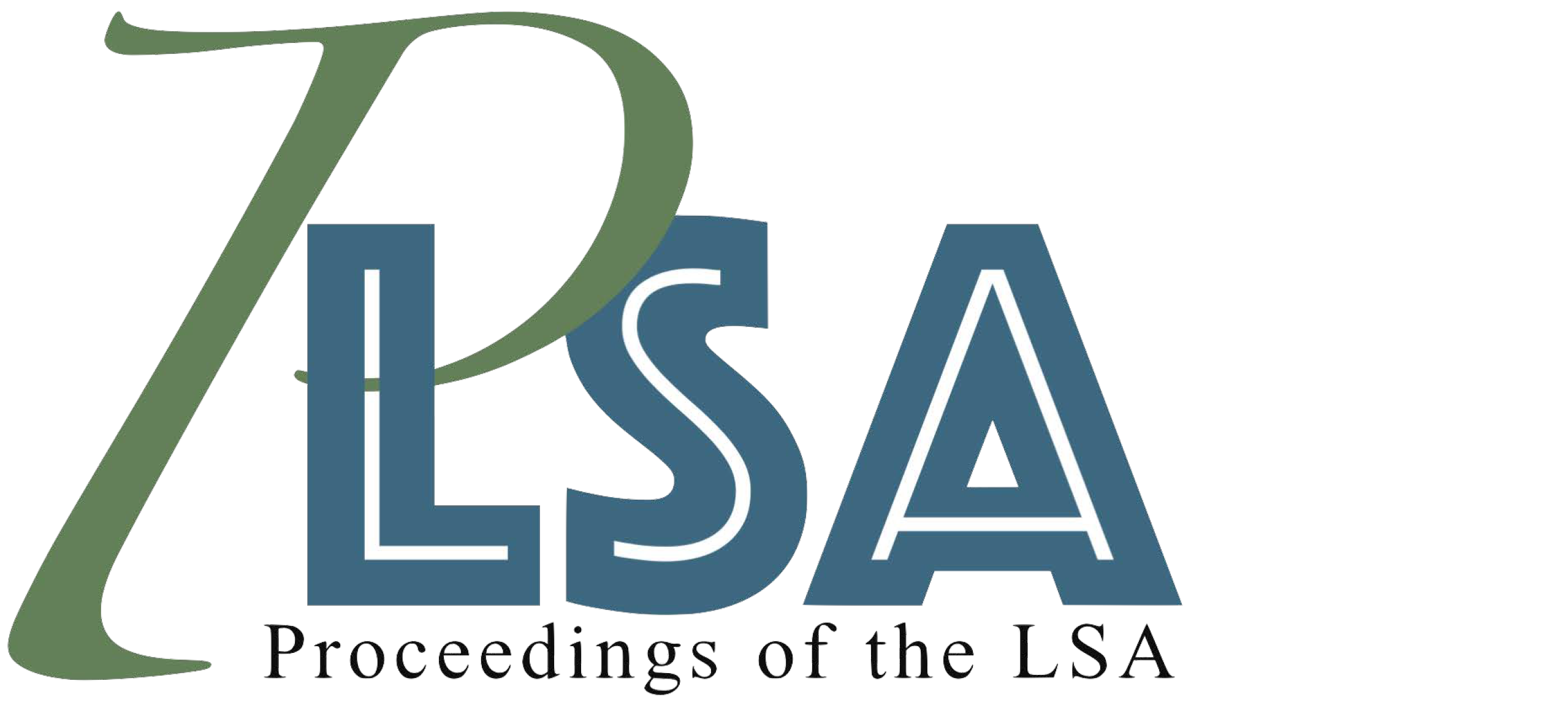The ‘queen bee’ of the highlands: An etymological analysis of the Albanian xhubleta
DOI:
https://doi.org/10.3765/plsa.v10i1.5881Keywords:
Albanian xhubleta, Indo-European *h1sú-melit, bee-mythology, Greek mythologyAbstract
The Albanian xhubleta (indefinite xhublete) is a traditional dress worn by women in the isolated northern highland regions of Albanian and Kosovo. It is considered to be one of the oldest traditional folk costumes in the Balkans. Many scholars have noted the ancient features of the dress (Coon 1950: 15-16; Stipcevic 1977: 90; Belkaid 2013; Gjokaj 2021: 81-2, vol. I). The only proposed etymology for the word xhubleta is found in Topalli (2017: 1604-5), which posits it as a loan from Turkish. Difficult from both the phonological and morphological perspective, I posit a different etymology, with regular phonological change from the Indo-European starting point of *h1su-melit 'having good honey', a possessive adjectival compound type found elsewhere within the Indo-European language family. Relevant to this proposal is the specialized status of the bee in the Albanian law code, the Kanun, the aesthetically similar appearance of the xhubleta with the Cretan skirt (Belkaid 2013: 12), and the Greek myth of the goddess of 'bees and honey' Melissa, who nourished the infant Zeus on the island of Crete. All of these may indicate an ancient origin of the xhubleta.
Downloads
Published
Issue
Section
License
Copyright (c) 2025 Lindon Dedvukaj

This work is licensed under a Creative Commons Attribution 4.0 International License.
Published by the LSA with permission of the author(s) under a CC BY 4.0 license.
